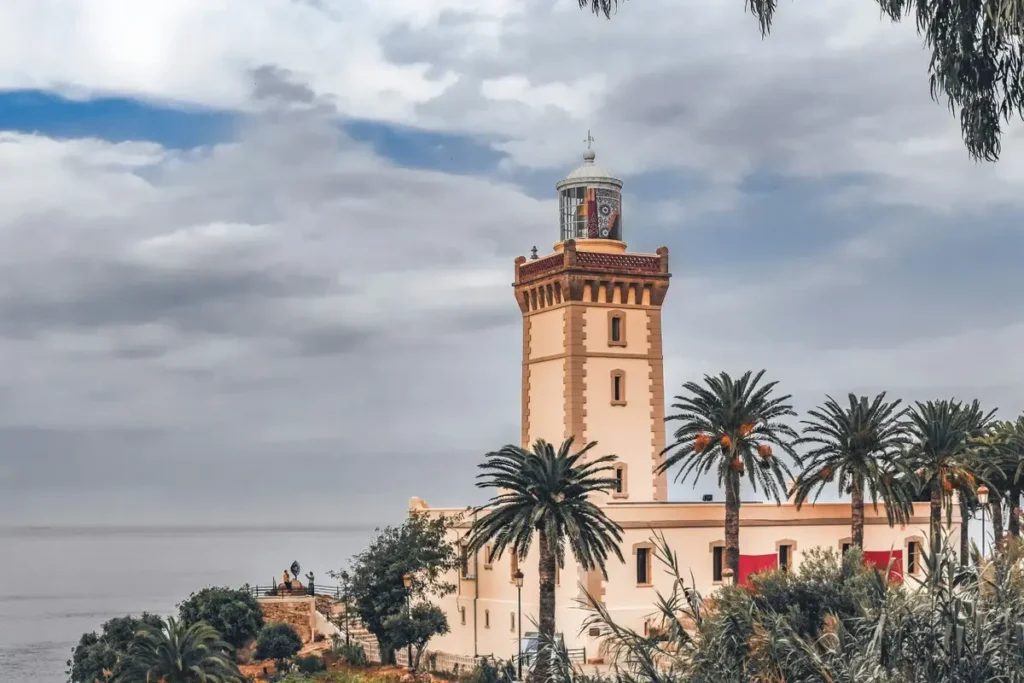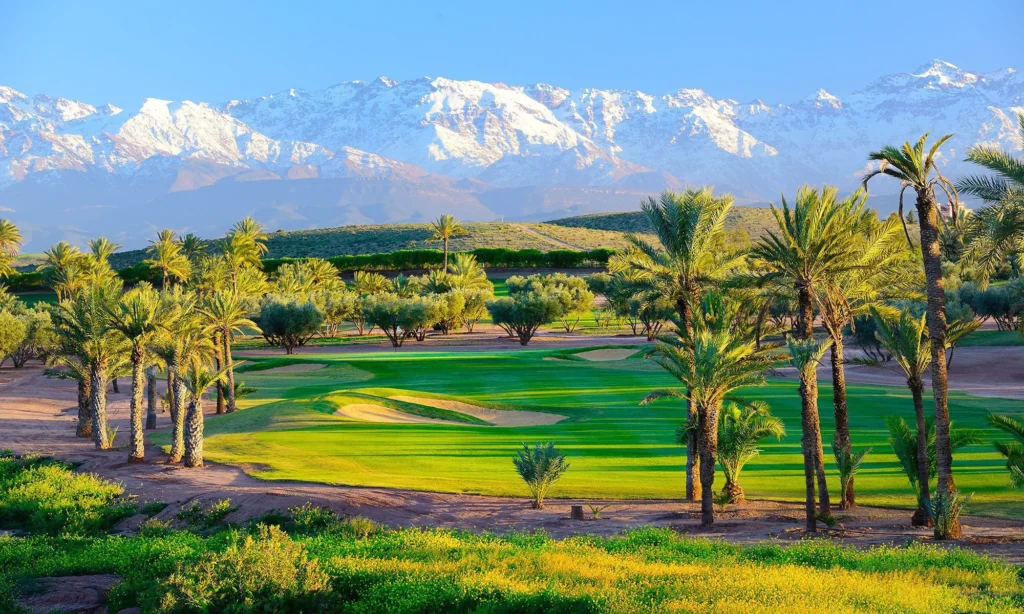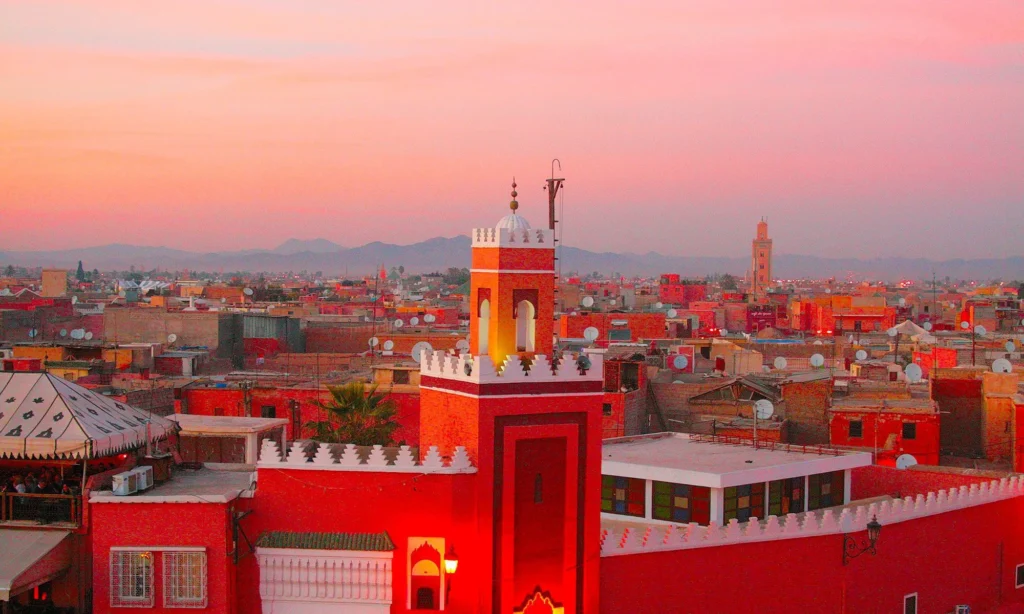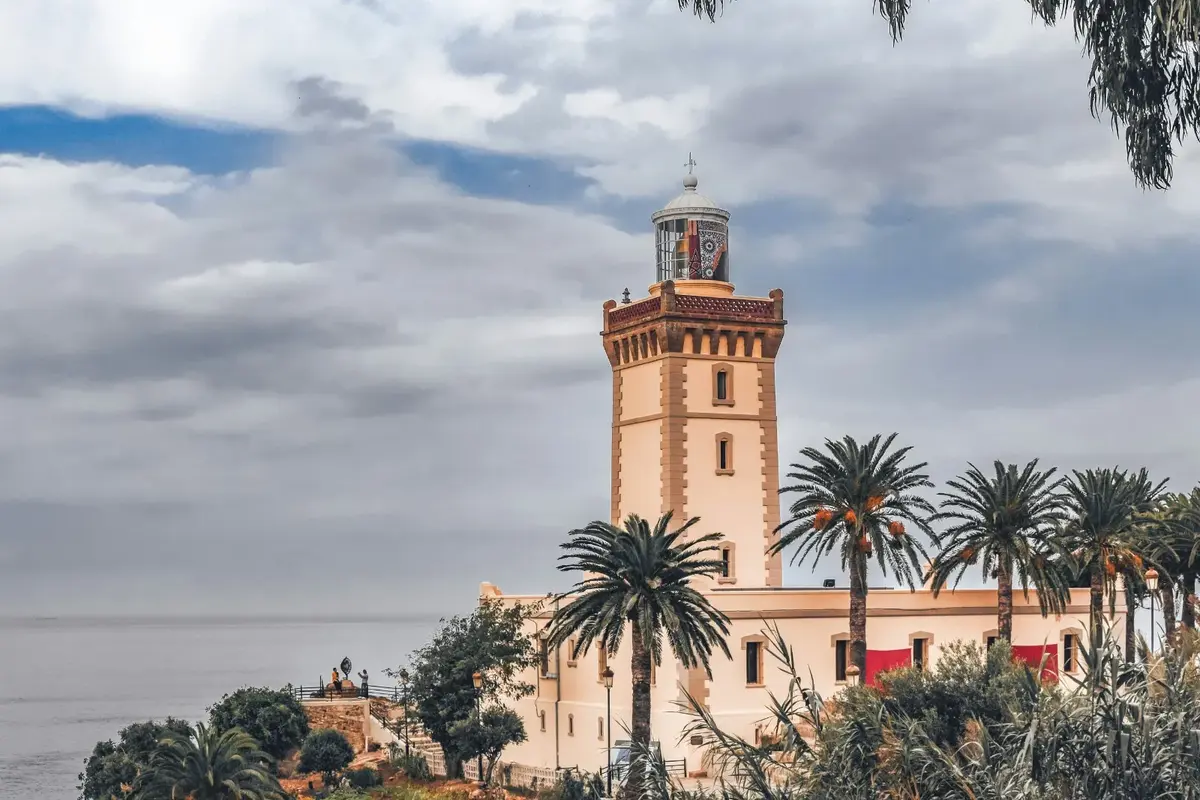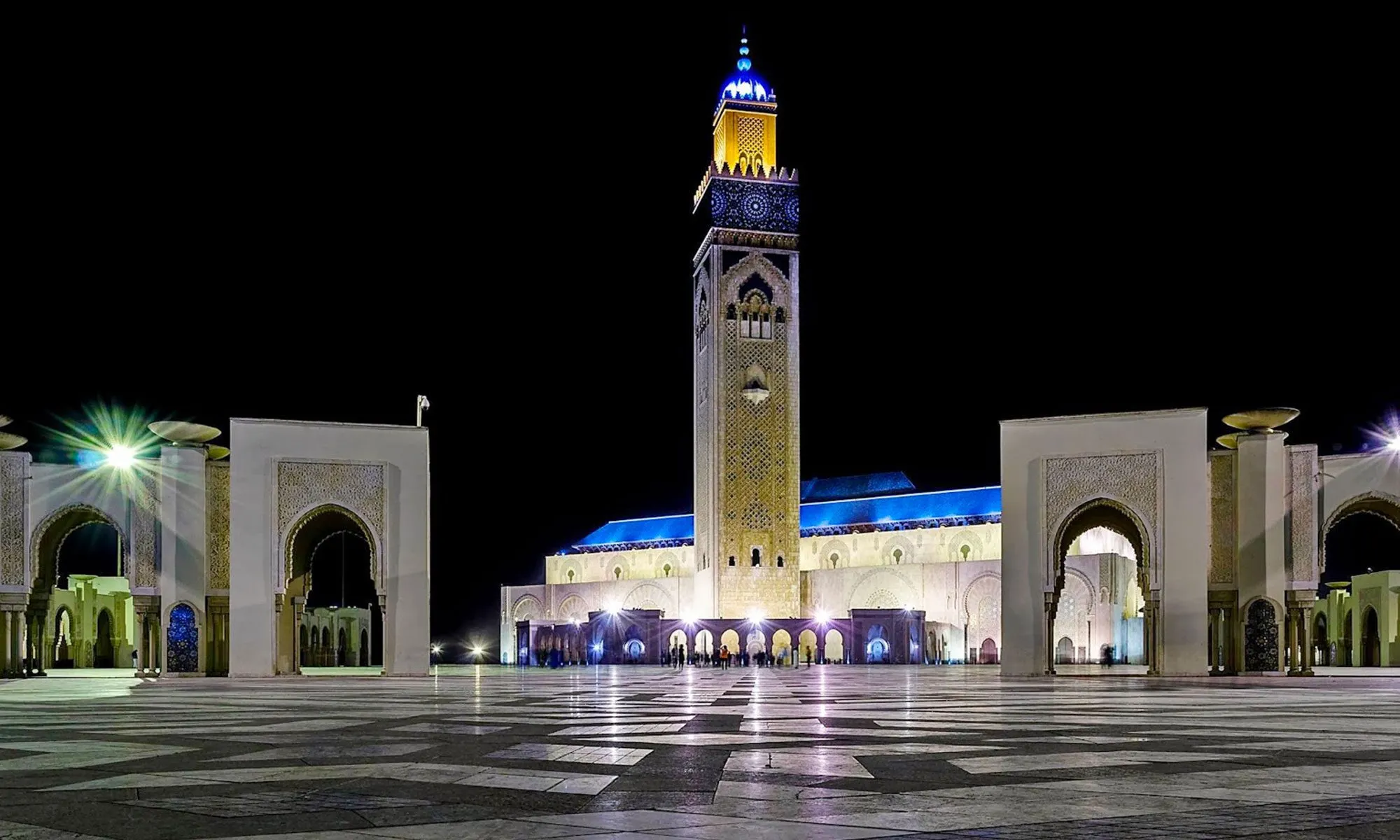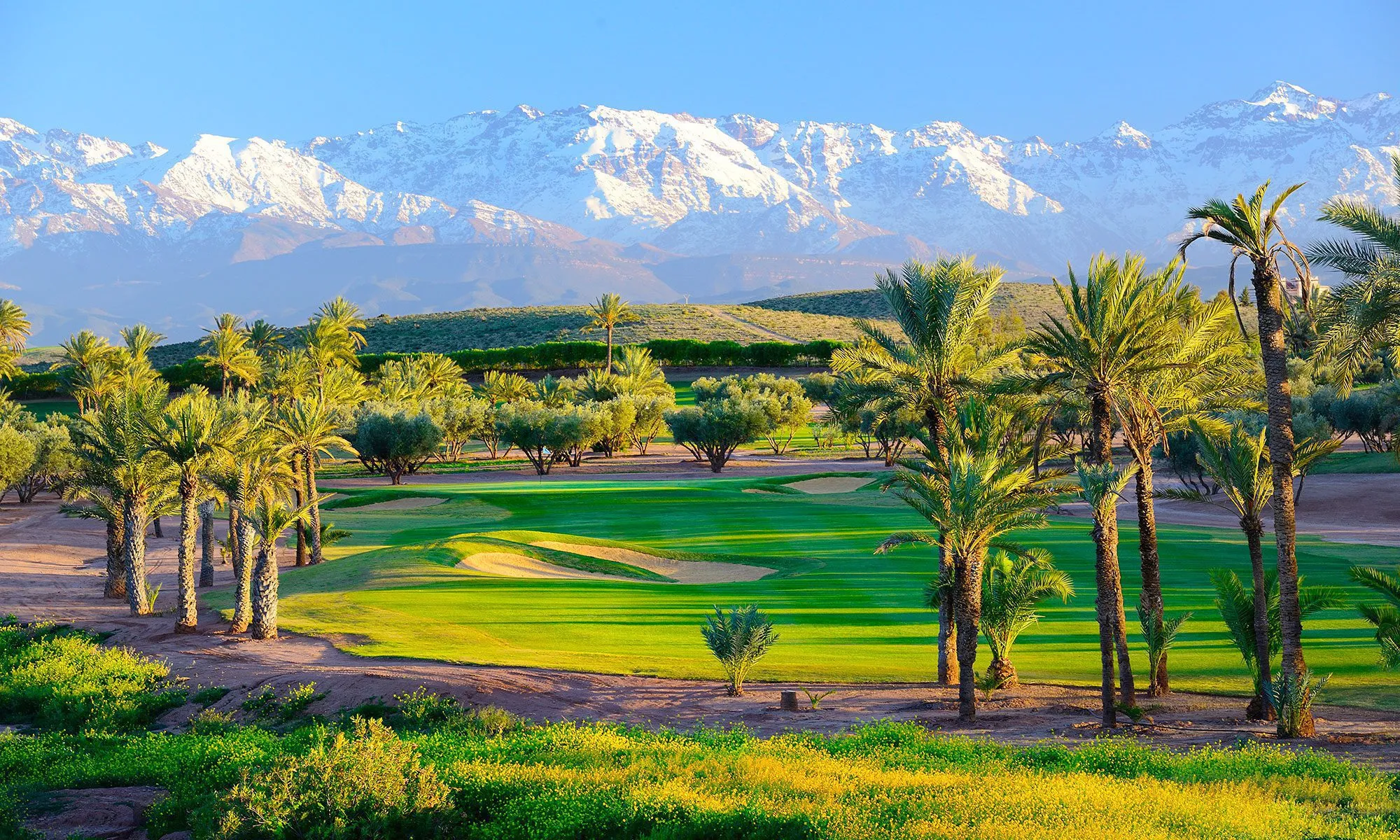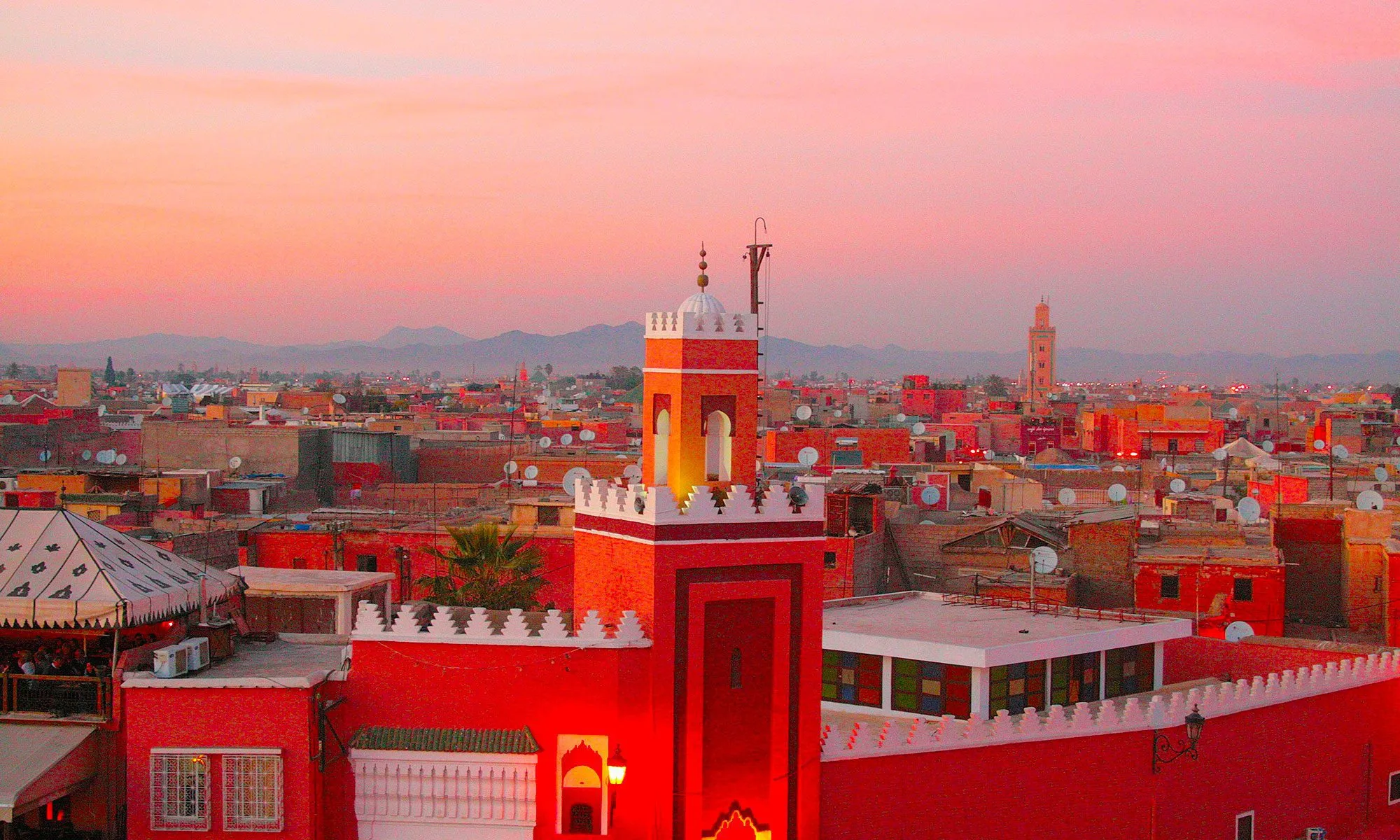Morocco’s culinary heritage as diverse and captivating as the country itself. The Moroccan kitchen a delightful tapestry of flavors, aromas, and traditions that have been passed down through generations. Exploring Moroccan cuisine like embarking on a gastronomic journey that reveals the rich cultural history of the nation.
The Essence of Moroccan Cuisine
Flavors that Dazzle
Moroccan cuisine a mesmerizing blend of sweet and savory, spicy and mild. It’s a symphony of flavors brought to life by an array of spices such as cumin, coriander, saffron, and cinnamon. These spices are skillfully combined to create dishes that both aromatic and delicious.
Signature Ingredients
Several key ingredients define Moroccan cooking. Couscous, a staple made from crushed durum wheat, often served as a base for various dishes. Tagine, both the name of the cooking vessel and the dish prepared in it, a slow-cooked stew featuring tender meats or vegetables.
Moroccan Olive Oil
Morocco one of the world’s top producers of olive oil, and it plays a central role in Moroccan cuisine. The country’s olive oil renowned for its high quality and rich, fruity flavor. Used for cooking, as a condiment, and in traditional salads.
The Culinary Art of Tagine
The Iconic Cooking Pot
The tagine, with its distinctive conical lid, an iconic symbol of Moroccan cooking. This earthenware pot allows for slow, even cooking and used to prepare a wide range of dishes.
A Variety of Tagines
Moroccan tagines come in countless variations. Some feature chicken with preserved lemons and olives, while others showcase lamb with prunes and almonds. Vegetarian tagines, with combinations of vegetables and aromatic spices, also popular.
Moroccan Dining Traditions
Communal Eating
Moroccan meals are often a communal affair. Families and friends gather around a low table, typically with a tagine or couscous centerpiece. Eating with the right hand is customary, as the left hand traditionally considered unclean.
Tea Time Tradition
Mint tea, known as “atai,” an integral part of Moroccan culture. It’s served throughout the day, but especially during social gatherings and as a gesture of hospitality. The preparation of mint tea a ritual that involves brewing green tea leaves with fresh mint and a generous amount of sugar.
Moroccan Sweets and Pastries
Morocco is famous for its delectable pastries and sweets. Baklava, a flaky pastry filled with nuts and honey, is a beloved treat. Pastilla, a savory-sweet pie often made with pigeon or chicken, A Moroccan delicacy.
Modern Moroccan Cuisine
In recent years, Morocco has seen a fusion of traditional and modern influences in its cuisine. Contemporary Moroccan chefs are experimenting with new ingredients and techniques while still honoring the essence of their culinary heritage.
Conclusion
The Moroccan kitchen a treasure trove of culinary delights that reflect the country’s rich history and diverse culture. It’s a place where spices come to life, tagines simmer with flavor, and mint tea flows freely. Moroccan cuisine a celebration of the se


